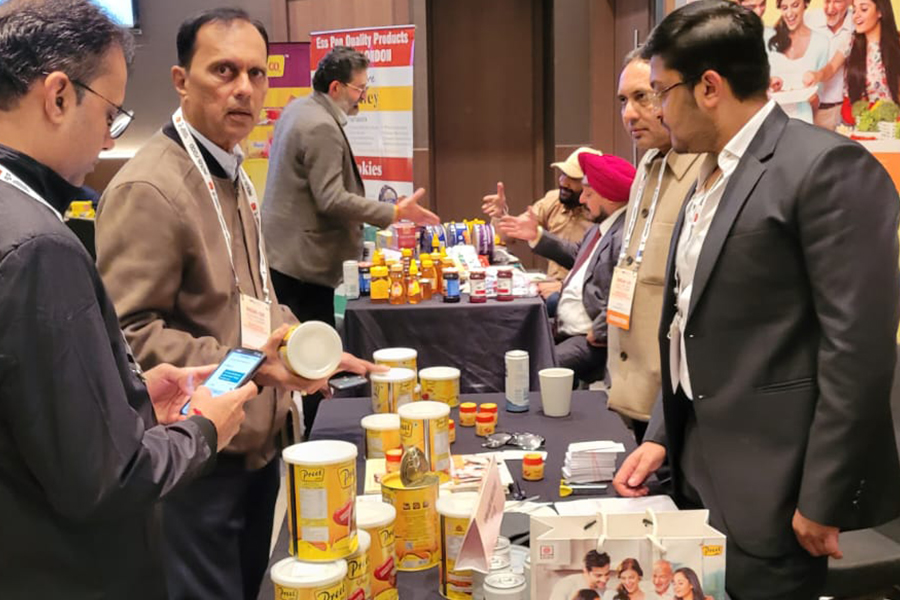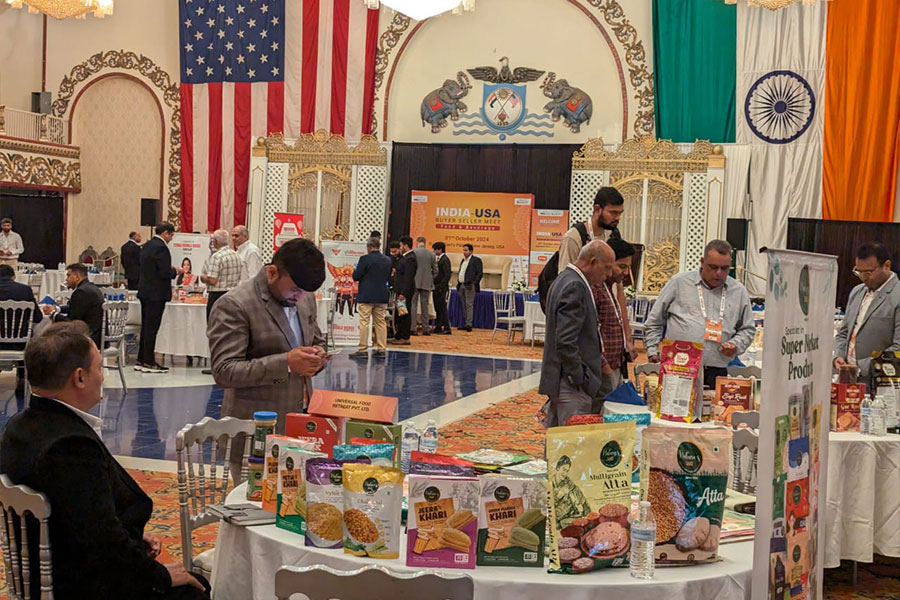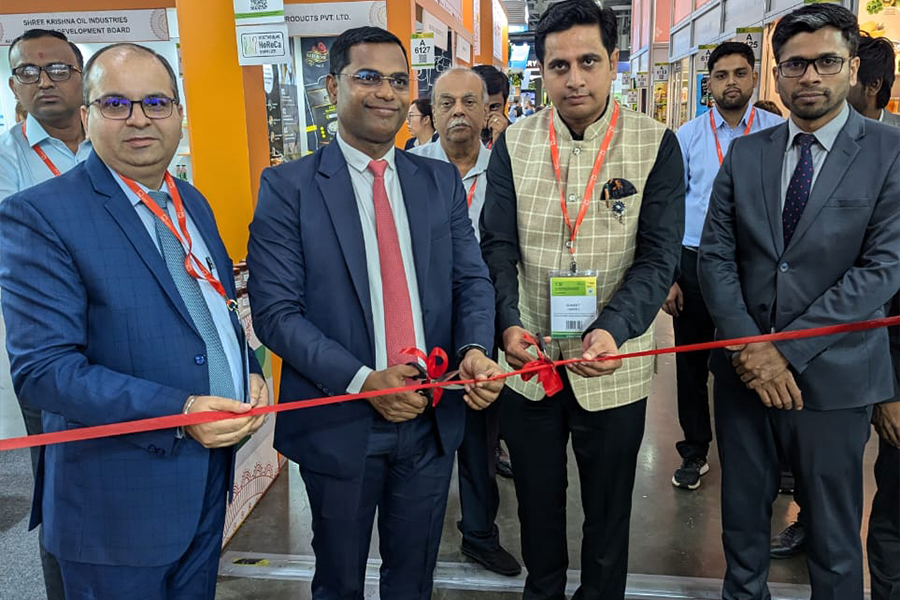High-street fashion brands shifting focus to India for manufacturing
A recent report published by global consultancy firm McKinsey & Company highlights that India is becoming a key focus for high street fashion brands as they increasingly turn to Asian growth markets, including India, to meet their manufacturing needs. The report noted that the Indian government has invested approximately US$ 2.5 billion in production-linked incentives and quality control reforms, with foreign investment tripling since 2019. The report also emphasizes that India is poised to play a more significant role in the global apparel market.

India is set to become a major focus for high-street fashion brands as global players seek growth opportunities in Asian markets. A recent McKinsey & Company report “State of Fashion 2025“ highlights India as a key focus for high-street fashion brands looking to tap into Asian growth markets for manufacturing and retail.
The global consultancy firm stated, with challenges emerging in China, including economic deceleration, shifting consumer preferences, and the resumption of international travel, global fashion brands are diversifying their strategies. Executives rank Asian markets, led by India, as prime sourcing destinations for the next five years, supported by regulatory incentives and growing manufacturing capabilities.
India is poised for a larger role in the global apparel market. “India is expected to play a more prominent role,” the report said.
The Indian government has committed US$ 2.5 billion to production-linked incentives and quality control reforms, while foreign investment has tripled since 2019. This development comes as the Indian economy, projected to grow 7% annually, is set to become the fourth-largest economy by 2025 and the third-largest consumer market by 2027.
The report mentioned, “India’s strong growth is rendering it a key global fashion market, particularly in the mid-market segment, which is expected to grow around 12 to 17 percent in 2025 compared to the projected low single-digit growth of the global fashion market.” However, the report notes that India had the highest rate of apparel quality failures in 2023, though it anticipates that these issues could improve in the near future.
The report further states that India’s middle class, which already exceeds the combined populations of the US and Western Europe, consists of 430 million people and is expected to grow to 1 billion by 2050, driven largely by growth in tier-two and tier-three cities. This demographic, alongside rapid digitization, will drive growth in the non-luxury fashion segment. India’s youth, with 66% of the population under 35 years old, further accelerates the trend, positioning the country as a hub for trend-focused fashion consumers.
The luxury market in India also offers significant potential. The country’s ultra-high-net-worth individual (UHNWI) population, defined as those with assets exceeding US$ 30 million, is forecasted to grow by 50% between 2023 and 2028, the fastest rate globally. Additionally, aspirational consumers, who represent about half of global luxury sales, are expected to increase from 60 million in 2023 to 100 million by 2027.
McKinsey notes opportunities in other Asian markets, including Japan, but underscores India’s pivotal role as a manufacturing and retail destination driven by a burgeoning middle class, youth-focused digitization, and an expanding luxury-consumer base.











Leave a comment